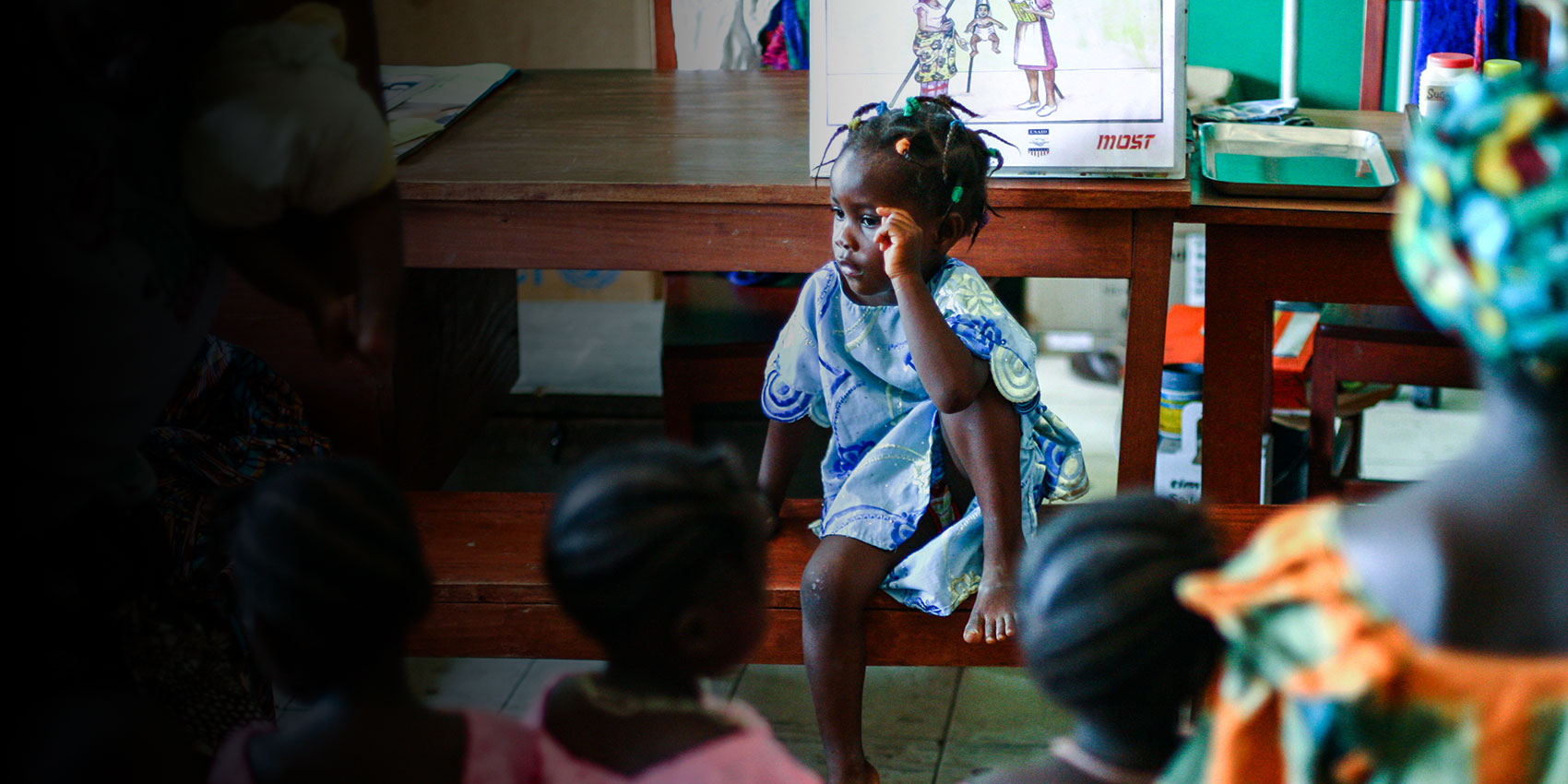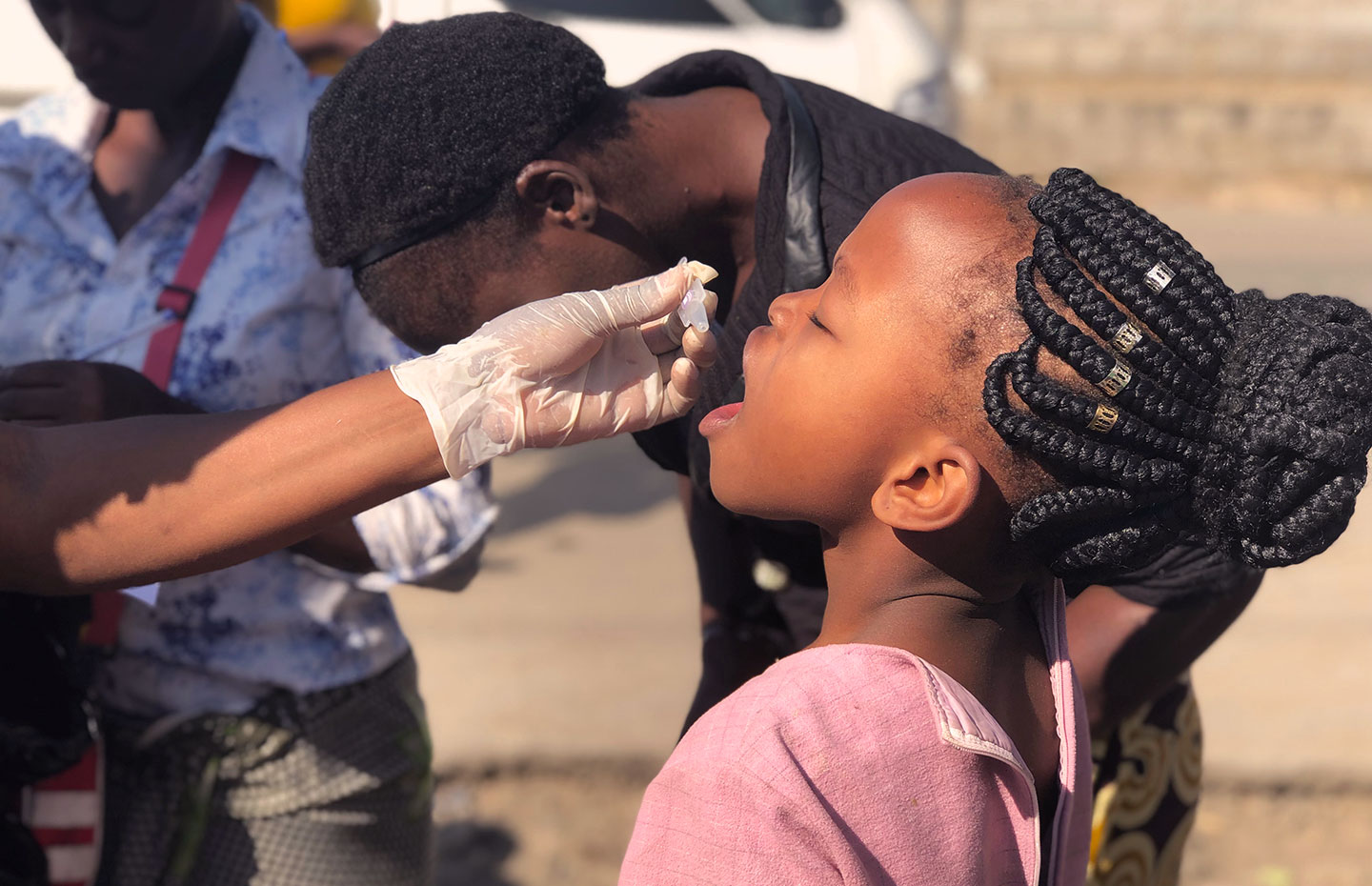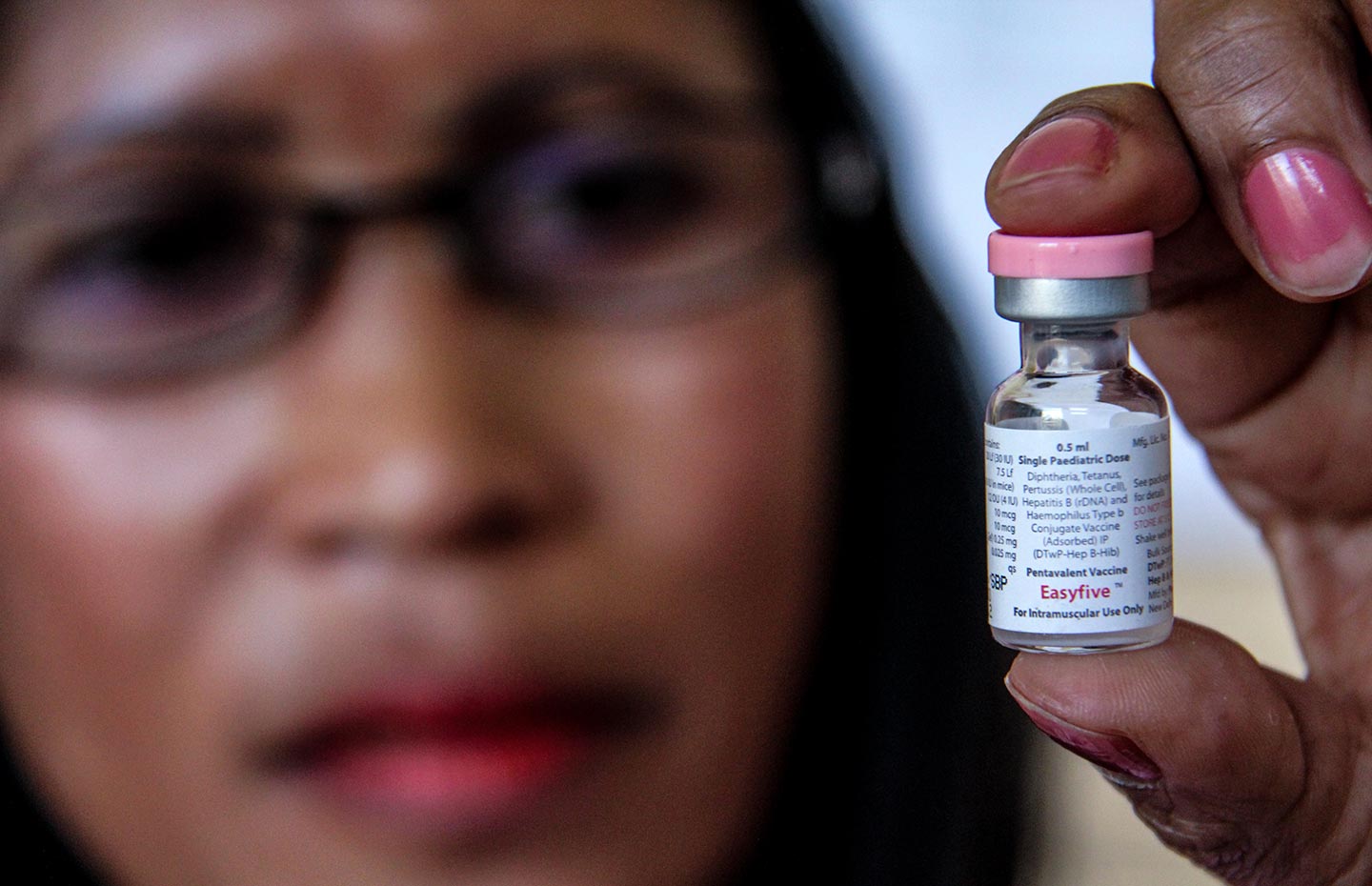Gavi's third five-year strategy (2011-2015), approved by the Gavi Board in June 2010, drew on lessons from the previous 10 years and set the roadmap for completing the introduction of pentavalent vaccines and accelerating the delivery of a new generation of life-saving vaccines, in particular rotavirus and pneumococcal, to developing countries.
STRATEGIC GOALS
Four strategic goals, each supporting Gavi's overall mission, underpinned the 2011–2015 strategy:
The health systems goal
contribute to strengthening the capacity of integrated health systems to deliver immunisation.
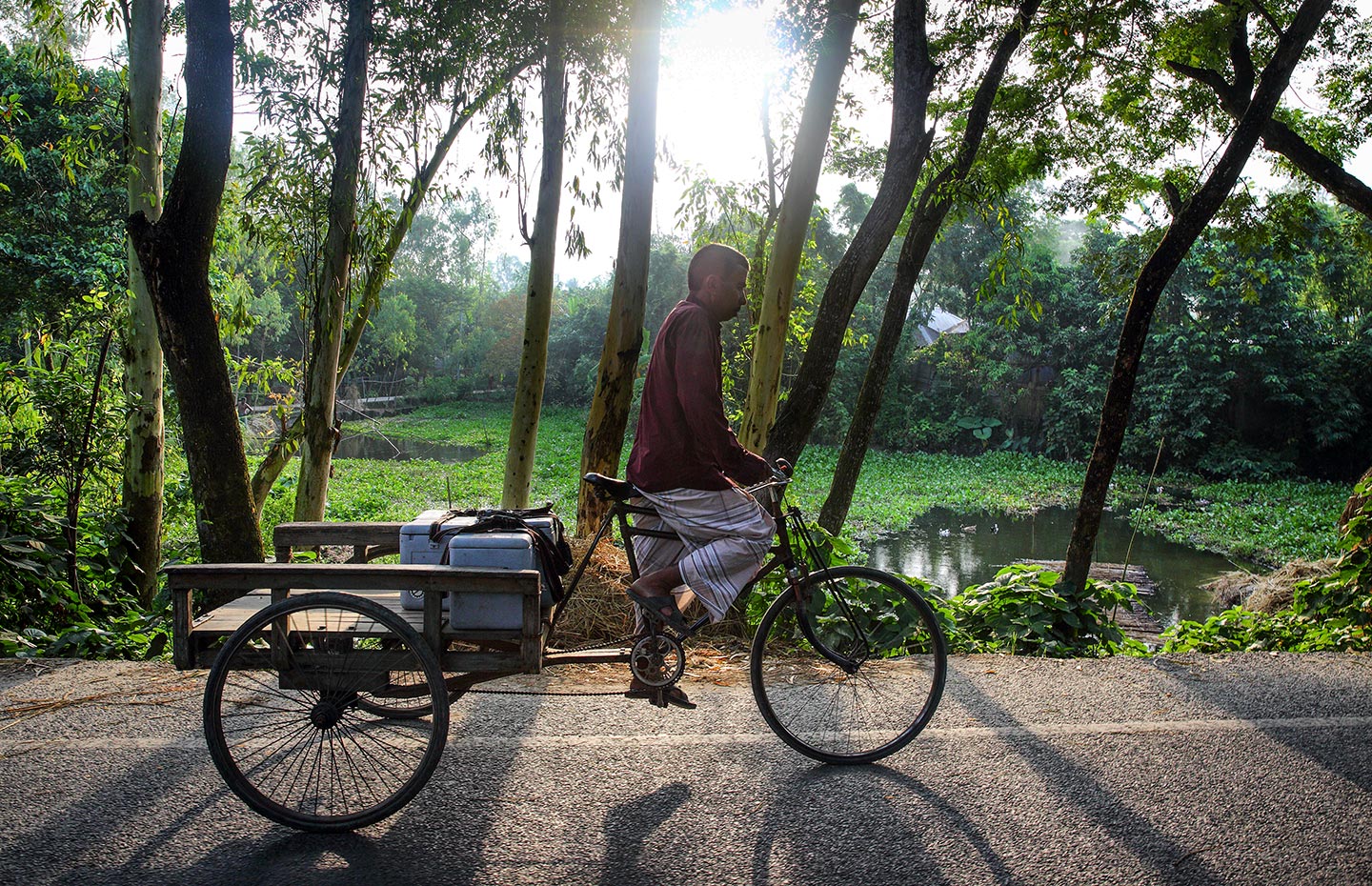
The financing goal
Increase the predictability of global financing and improve the sustainability of national financing for immunisation.
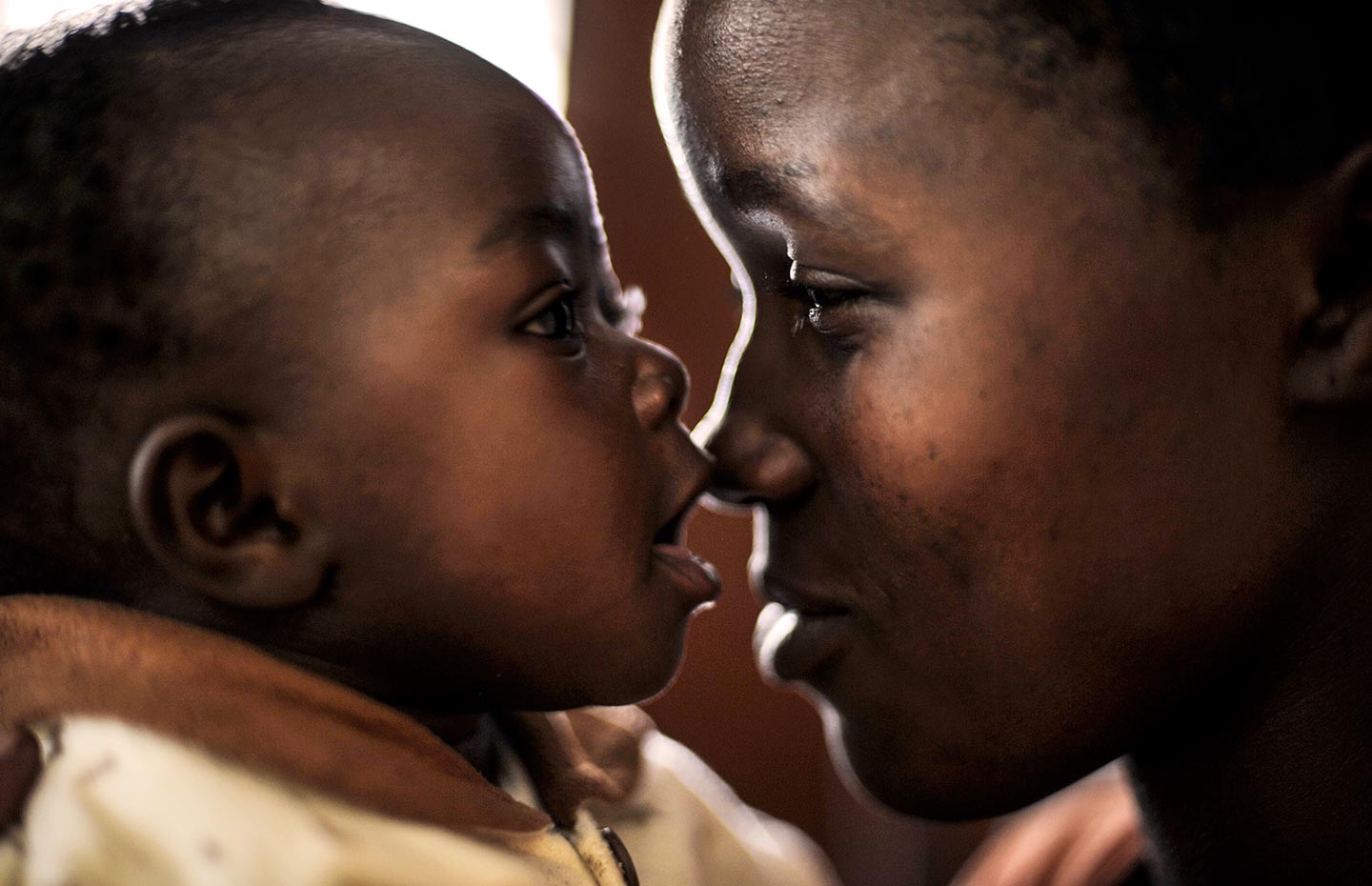
The 2011-2015 strategy also included three cross-cutting areas: Monitoring and Evaluation, Advocacy, Communication and Public Policy, and Policy.
MONITORING AND EVALUATION
Monitoring and evaluation (M&E) is essential for improving performance and ensuring the Vaccine Alliance is using its resources effectively.
M&E is a cross-cutting function and activities are conducted by the Secretariat, Vaccine Alliance partners and countries themselves. Gavi developed a Monitoring and Evaluation Framework and Strategy, which guided our work in M&E for the period 2011-2015.
ADVOCACY, COMMUNICATIONS AND PUBLIC POLICY
Gavi's advocacy, communications and public policy work in the 2011–2015 period had three priorities:
raise understanding of the value of health, immunisation and Gavi through enhanced communications and targeted media relations;
mobilise and empower new networks of advocates to inform Gavi's policies, support fundraising and help achieve its strategic goals;
engage in development aid policy settings to ensure endorsement of Gavi, immunisation and health.
POLICY
Gavi regularly adapts its policies to ensure that countries are supported in the most effective and efficient way to reach the targets defined through the strategy.
BUSINESS PLAN
In November 2010, the Gavi Board approved a five-year 2011-2015 business plan designed to implement the strategy. The 2011-15 business plan included:
- defined targets and performance indicators
- 26 programme objectives with measurable deliverables
- detailed activities and budgets for 2011, 2012, 2013 and 2014

